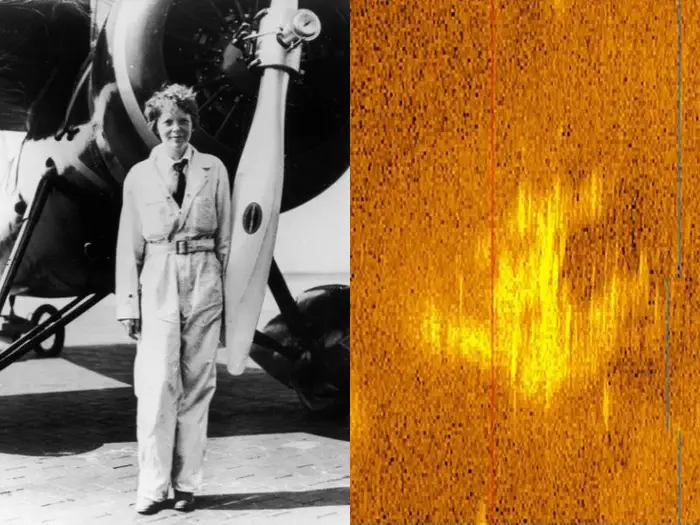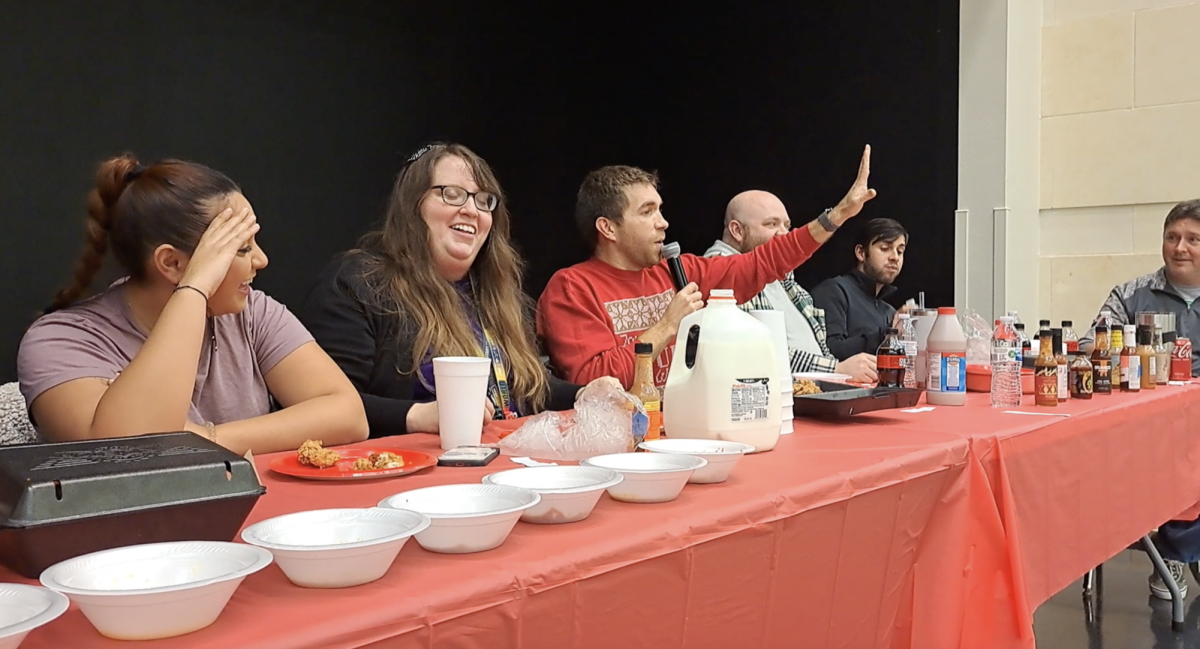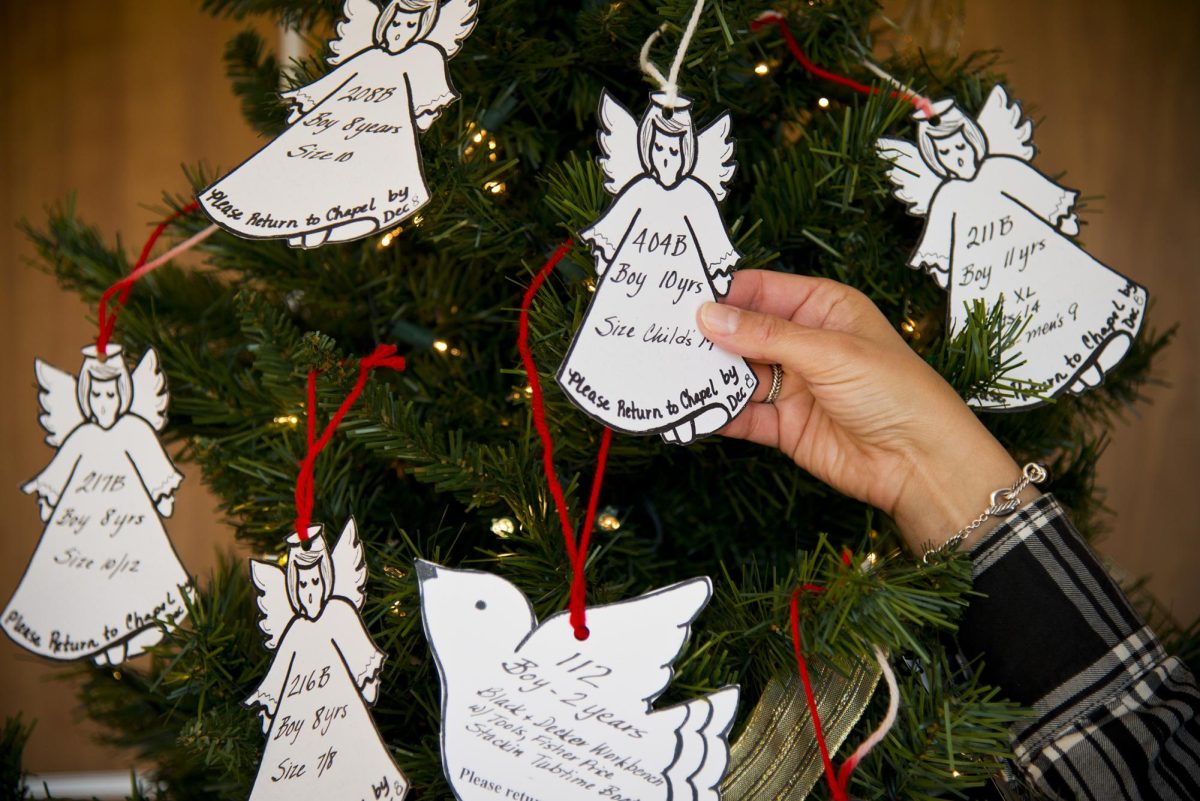Every year from late September to the end of October, the State Fair of Texas opens its gates to those who want to fully immerse themselves in what it means to be a Texan.
The state fair is the only place where you can find some of the most creative and tasty deep-fried food combinations and enjoy a variety of games and rides, all while gazing up at a larger than life 52-foot cowboy.
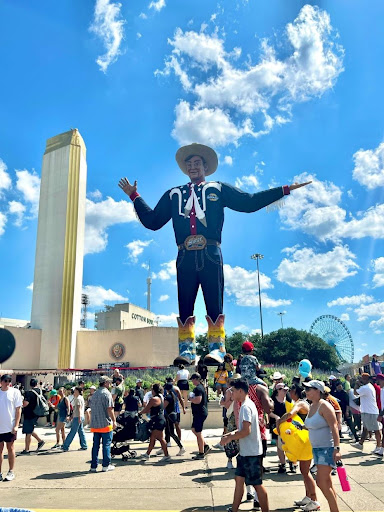
Each year, the small-business owners and fair vendors of Texas come together to form the ultimate shopping experience for fairgoers. Stationed in a covered warehouse-type structure near the Ferris wheel, shoppers can explore a variety of Texas-themed keepsakes, ranging from handcrafted jewelry to authentic cowhide rugs.
With the help of her spouse, vendor Rachel Wernet, hosts a booth each year at the state fair, selling a variety of unique stones, fossils, minerals, and handmade jewelry. Wernet shared how family has served as one of her most prominent motivations for returning to the fair every year.
“We took this over in 2010, but my parents started it in 1990,” said Wernet. “My dad used to do this with us, and so many customers would come to the fair just to see him. That is what always made it special, having a family influence”
Wernet said the most important lessons she has learned from her time selling at the fair is to take it slow. “You know, it’s a long fair. Overall, it’s a marathon, not a sprint. You really have to enjoy what you do, because if you don’t, it’s going to be really hard to get through.”
Customers of the state fair shops can also find themselves surrounded by hand-crafted creations from around the world, adding to the variety of products they can choose from. For the past six years, fair vendor Pedro Rojas and his wife have showcased a selection of diverse art, selling at both the Texas and Minnesota state fairs.
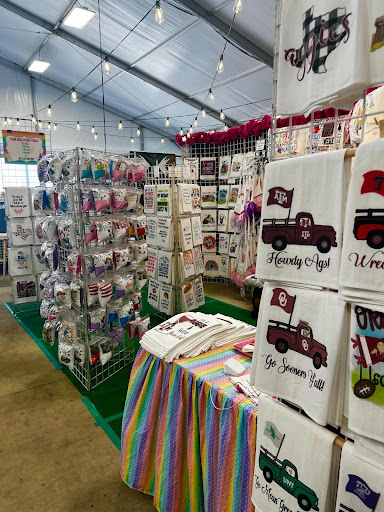
“We sell a product that comes from Mexico,” said Rojas. “The products are made out of Onyx. We sell lamps, tables, and some art pieces.”
Rojas reflects on the reason why he and his wife keep coming back to the fair each year.
“We just love to meet new people,” said Rojas. “This is one of the biggest shows ever, and we work really hard for it. I like it here, and I am used to the people. The fair is like home to me.”
The first Texas State Fair, at the time called the Dallas State Fair, originated 137 years ago in October of 1886. Proposed by a group of Dallas businessmen, the idea of a state-wide fair soon turned them into rival competitors; each looking to create the biggest, most successful event the state had ever hosted.
After the Dallas Fair was announced to the public, it was decided that fairgoers would get to experience celebrity visits, singing and acting contests, concerts, and livestock attractions that would soon become a traditional, annual l visit by thousands of families across the state. Over the next few decades, the fair steadily grew in popularity, with attendance reaching one million by 1916.
Throughout the 1920s and 30s, event planners began to construct newer and larger attractions, such as an auditorium (now the music hall) in 2023.
Another significant addition was the first Cotton Bowl football game in 1937, later becoming a hotspot for well-known figures of the time, including Elvis Presley and President Nixon in the 1950s.
In 1952, the fair introduced what is now one of the most well-known faces of Texas; “Big Tex” the 52-foot cowboy who towers over the park watching over families with a warm smile and welcoming wave.
Currently, the state fair continues to attract people from all over Texas, offering a variety of attractions that cater to Texans of all ages.
With live music and DJ’s keeping spirits high, visitors can explore a range of events.
Activities such as livestock events, petting zoos, car shows, carnival games, roller coasters, and unique food stalls, are available.The State Fair of Texas is located at Fair Park in Dallas, and is open to the public until October 22. Tickets can be prepaid online, or at the entrance gate.





